When selecting the right elevator system for your building, the decision often comes down to choosing between two primary types: hydraulic elevators and traction elevators. Both systems offer distinct advantages, but the right choice depends on factors such as building height, usage frequency, and budget. In this article, we’ll explore the key differences between a hydraulic elevator vs traction elevator to help you make an informed decision.
Understanding Hydraulic Elevators
Hydraulic elevators are a common choice for low-rise buildings and have been in use for decades. These elevators operate through a hydraulic pump, which moves fluid into a cylinder, pushing a piston to raise the elevator car. When the car descends, the fluid is released back into the reservoir, allowing for smooth movement.
Types of Hydraulic Elevators
Conventional Hydraulic Elevators: These require a deep pit for the piston to retract into when the elevator reaches the lowest level.
Hole-less Hydraulic Elevators: Ideal for buildings where deep pits are impractical, these elevators use telescoping pistons on either side of the car, reducing pit depth.
Roped Hydraulic Elevators: These combine a rope and piston system, allowing for greater travel height compared to traditional hydraulic elevators.
Advantages of Hydraulic Elevators
Lower Initial Cost: Hydraulic elevators are often more affordable to install, making them ideal for budget-conscious projects.
Heavy Load Capacity: Their ability to carry heavier loads makes them well-suited for buildings like hospitals and industrial facilities.
Safety and Reliability: With fewer moving parts, hydraulic elevators are known for their durability and require less frequent maintenance.
Disadvantages of Hydraulic Elevators
Limited Height Capacity: Hydraulic elevators are best suited for buildings with up to 5-6 floors, making them less effective for high-rise applications.
Slower Speeds: These elevators tend to operate at slower speeds compared to traction systems, which may not be suitable for buildings with high traffic.
Environmental Concerns: Traditional hydraulic systems use petroleum-based fluids, which can pose environmental risks in the event of a leak.
Exploring Traction Elevators
In contrast, traction elevators are more commonly used in mid to high-rise buildings. Traction elevators work by using steel ropes or belts that pass over a pulley connected to a motor. A counterweight helps balance the elevator car, reducing the load on the motor and enhancing energy efficiency.
Types of Traction Elevators
Geared Traction Elevators: Equipped with a gearbox attached to the motor, these elevators are ideal for mid-rise buildings, offering speed control.
Gearless Traction Elevators: With no gearbox, these elevators are directly driven by the motor, making them perfect for high-rise buildings due to their higher speeds.
Machine Room-Less (MRL) Elevators: These traction elevators do not require a separate machine room, with the machinery located within the hoistway, saving space.
Advantages of Traction Elevators
Faster Speeds: Traction elevators can travel at higher speeds, making them ideal for taller buildings with heavy foot traffic.
Energy Efficiency: The counterweight system reduces energy consumption, especially in buildings with high usage.
Smooth Ride Quality: Traction elevators offer a smoother ride than hydraulic systems, enhancing passenger comfort.
Disadvantages of Traction Elevators
Higher Initial Cost: Traction elevators are typically more expensive to install, particularly in high-rise applications.
Maintenance Complexity: With more moving parts, traction elevators require more maintenance and may have higher repair costs.
Space Requirements: Traditional traction elevators need a machine room, though MRL systems mitigate this issue by housing the machinery within the hoistway.
Hydraulic Elevator vs Traction Elevator: Choosing the Right System
When considering a hydraulic elevator vs traction elevator, the decision will ultimately depend on your building’s specific requirements. For low-rise buildings (typically under six floors), hydraulic elevators may be the most practical and cost-effective choice, particularly for moving heavy loads. However, for taller buildings or those with high traffic, traction elevators are preferable due to their superior speed, efficiency, and smoother ride quality.
Conclusion
Choosing between a hydraulic elevator vs traction elevator is a significant decision that will impact both the functionality and cost of your building. Consider factors like the height of your building, traffic levels, and your budget when deciding on the right system. By carefully evaluating these elements, you can ensure a smooth, efficient, and cost-effective vertical transportation solution.
FAQs
Which elevator is better for a high-rise building?
Traction elevators are better suited for high-rise buildings due to their speed and efficiency.
Can hydraulic elevators be used in mid-rise buildings?
Yes, but they are generally more effective in low-rise buildings due to their height limitations.
Are traction elevators more expensive to maintain?
Yes, traction elevators typically have higher maintenance costs due to their complex machinery.
What is the maximum height for a hydraulic elevator?
Hydraulic elevators are generally used for buildings up to 5-6 floors, though advancements are extending their range.
Do hydraulic elevators pose environmental risks?
Traditional hydraulic elevators use petroleum-based fluids, which can pose hazards in case of leaks, though environmentally friendly options are now available.

